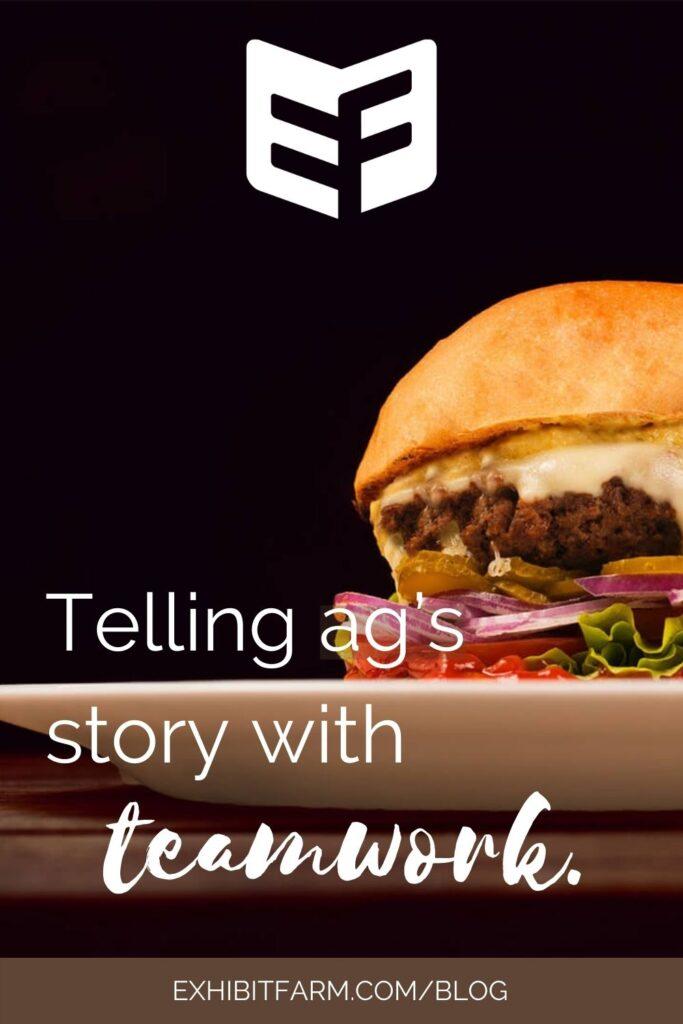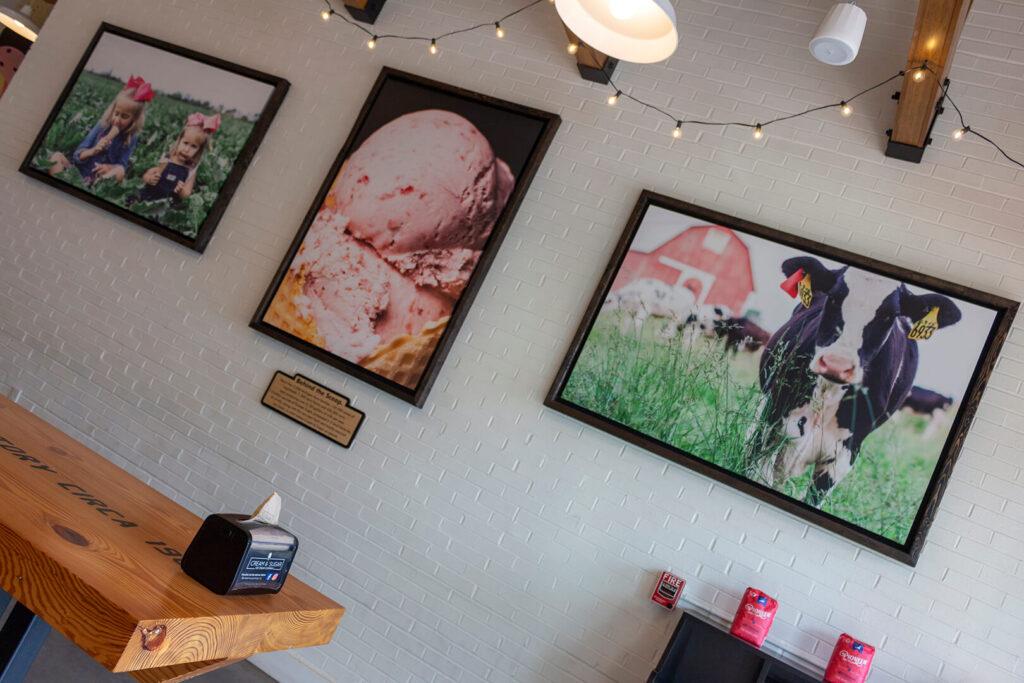
What do burgers remind you of? Memorial Day cookouts? Summertime? Us too. They also remind us how connected different sectors of the ag industry are. After all, to make a good burger, you need wheat, cheese, beef (and probably corn to feed those cattle), tomatoes, lettuce, onions, maybe bacon — you get the picture. All kinds of farms work together to create a burger.
What does that have to do with agricultural literacy, you ask? Well, because remembering how connected ag is can help us avoid a surprising barrier to ag literacy: information from the ag industry itself.
What? This series is about how people can share information from the ag industry to increase agricultural literacy, right?
Yes, but sometimes sharing facts can actually fuel food controversies. Usually, this happens because of competing interests within the ag industry.
How Competing Interests can Cause Consumer Confusion
For instance, many beef checkoffs tell consumers that beef has more protein per ounce than plant-based proteins and is therefore a healthier source of protein. Meanwhile, soybean checkoffs often tell people that soy foods have less saturated fat than meat and are therefore a healthier source of protein.
We’re not trying to pick on beef or soybean checkoffs — we’ve worked with both and we like both. Nor are we saying that either one of them is wrong; both groups have scientific research to back them up. We just want to point out that, if different groups make competing statements, that can confuse consumers even though they’re listening to the ag industry.
There’s not much you can do about competition. After all, encouraging people to eat more of one food means they’ll eat less of another food. But you can do something about the way you present your facts, so that it’s less potentially confusing for consumers.
The Bare Minimum
Let’s start with the basics: first of all, don’t directly attack another sector. This might not apply to different commodity checkoffs, but it definitely applies to the conventional vs. organic division. CommonGround, for example, is an ag literacy group that supports conventional ag, but it also makes a point of saying it doesn’t condemn anyone’s choice to grow or eat organic food.
It’s possible to share facts without seeming hostile. That might be hard if the other side’s attacking you, but taking the high road makes you look more reasonable and balanced. And given how confusing food and agriculture issues can be, consumers will probably appreciate hearing a calm and balanced perspective.

Partnerships with Other Ag Groups
Beyond just avoiding the negative, though, you can also look for opportunities to do something positive. See if you can partner with another ag group to share info about things you have in common.
Two of our clients, Michigan Sugar Company and the United Dairy Industry of Michigan (aka Milk Means More), teamed up to supply sugar and dairy to an ice cream shop. The shop advertises its locally-sourced ingredients and gives both organizations credit for supplying them. It also honors the ag industry through its interior décor. Canvas prints show cows and sugarbeet fields, and a plaque shares some statistics about Michigan’s dairy industry.
Sure, either Michigan Sugar or Milk Means More could have partnered with the ice cream shop alone. But by working together, they made sure multiple ag groups got to share the love.
Small-Scale Collaborations
Maybe you’re not able to invest in such a big partnership. That’s okay. Find something else you can partner with other ag groups on — maybe sponsoring an event or a fair booth. Perhaps you could develop materials showing how your area of ag works with another area. Soybean and pork checkoffs, for instance, often talk about how soybeans make great pig feed.
Even if you don’t have any chances for formal partnerships with other ag groups, just explaining how your sector helps — or gets helped by — another one helps you avoid any potential conflicts with someone else’s messaging. After all, remember the burger — no one commodity can supply all the food people need or want. Since ultimately we’re all working together to provide enough food and fuel, why not partner up as much as we can on the ag literacy front too?
